Tabla de contenido
Bob Glover defines “running economy” as how efficiently we use oxygen while running at a certain pace. That economy is influenced by factors such as running form, speed, and weight training. In other words, running with inefficient form will cause us to waste our energy and, therefore, keep us from performing well in the race or training.
Improving our running technique will help us use our energy efficiently and prevent injuries that are often considered typical of runners.
Factors that help improve running economy
Thus, Glover points out that good running form has four fundamental parts: arm movement, stride, stride, and posture.
Arm Thrust or Breaststroke
- The arms should hang relaxed from the shoulders with the forearm approximately parallel to the ground, between the waist and chest.
- The elbows should be slightly away from the body. Pressing them against the body affects running efficiency.
- The hands should be relaxed, not fisted or open and tense. They should be comfortable enough for the thumb and index finger to touch lightly.
- The movement of the arms should not start at the shoulders. Instead, it should be guided by the hands, wrists, and forearms.
The most important thing is that the position of the arms and hands contributes to relaxed shoulders. Being in shape in the upper part of our body will contribute to good arm movement and an efficient stroke. Therefore, it is advisable to perform weights or cross-training exercises to help strengthen this part of the body.
The Footprint
- The two fundamental elements of the stride are the landing and the toe-off.
- For most runners, the recommended approach is to land softly on the heel, allowing the forefoot to land quietly as the body moves forward.
- It is essential to minimize the foot’s angle in the stride. Ideally, the foot angulation should be slight, allowing the foot to land almost flat. This reduces the braking action when the foot lands in front of our body and reduces impact.
Stride
- Running speed is equivalent to stride length and stride frequency.
- The stride consists of two phases: support (moment from landing to take-off) and flight (recovery). Ideally, the same amount of time should be spent in both phases.
- Ideally, the foot should land more or less directly under the hips.
- The best way to improve stride length is to increase backward leg movement and range of motion.
- Maintaining an optimal stride frequency is essential. A low frequency can contribute to injury and poor speed.
- We should focus on making quick, smooth strides to improve stride frequency. Initially, decreasing stride length may be necessary to accelerate cadence.
Elite runners tend to run more efficiently because they have less vertical displacement (how high the runner rises with each stride), less over-stride (extension of the stride), and less foot contact time with the ground (which reduces braking). They also have a faster stride frequency and more control over stride length.
Read more: The running stride
The Posture
- Good running posture is essential for good biomechanics.
- The body must remain relaxed with the back straight and chest elevated.
- One of the most common mistakes is leaning too far forward. This reduces the stride and can lead to injury. Similarly, leaning too far back produces a braking effect and can cause leg and back injuries.
Maintaining good posture when running for long periods requires our torso, hips, and abdominal muscles to be in shape, so strengthening exercises are recommended.
Breathing
A final important element in improving our running form is breathing. According to Bob Glover, there are two basic rules: It should follow the principles of belly breathing and be relaxed.
The stomach should expand when we inhale and flatten when we exhale. That expansion indicates that the diaphragm has shifted, allowing the lungs to fill. Breathing this way will help prevent the pain on the sides.
On the other hand, breathing should be relaxed, not tense. Therefore, we must breathe deeply and in a regular, comfortable, and rhythmic way.
You can also read: 5 Recommendations to improve your race times
Source: Bob Glover “The Competitive Runner’s Handbook”.
Looking for a plan that trains with you, not against you?
At running.COACH, we don’t just build a schedule. We create a smart, living plan that evolves with you. It understands your level, your race goals and your real life. Whether you sync your GPS watch or train straight from our iOS or Android app, your plan adjusts automatically as you improve.
From day one, you’ll feel the difference:
- A fully personalized, dynamic plan designed for you.
- Automatic sync and effortless workout tracking.
- Real-time updates when life happens, including missed sessions, new races or schedule changes.
- Simple, science-backed guidance to train smarter and recover faster.
🎁 Start today and enjoy your first 30 days free.
Because the best training plan isn’t one you follow. It’s one that follows you.app.

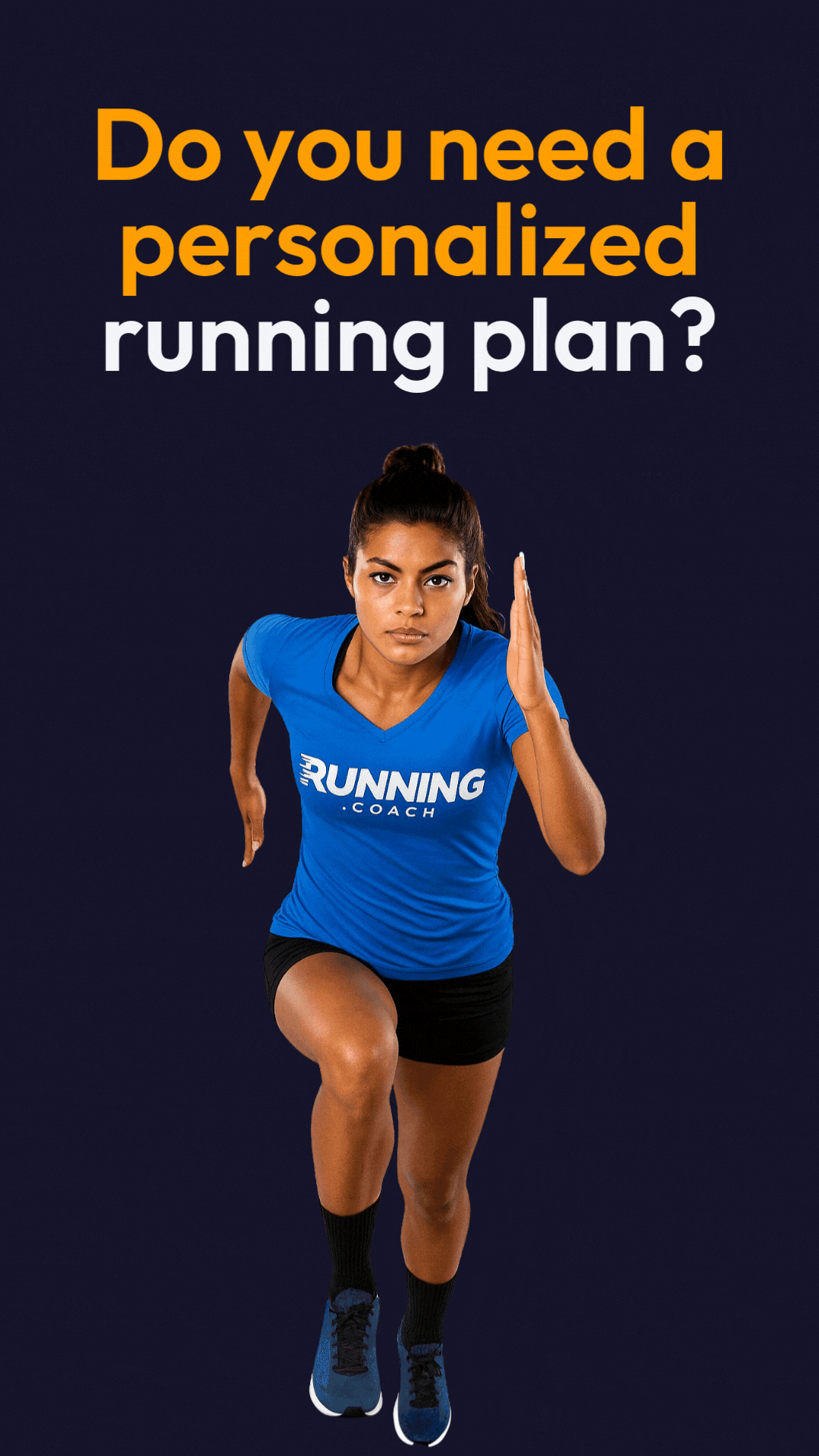


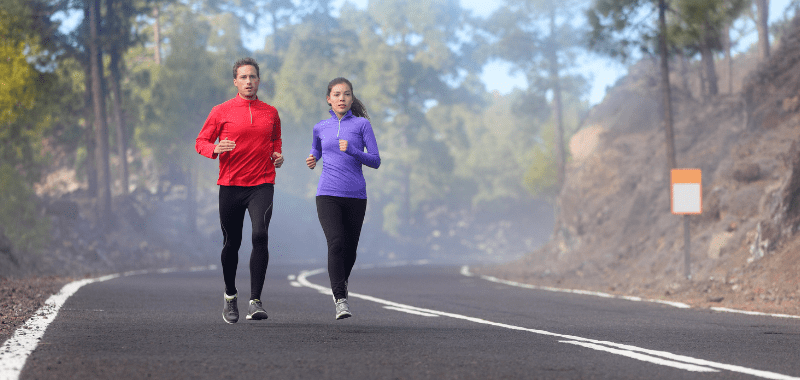
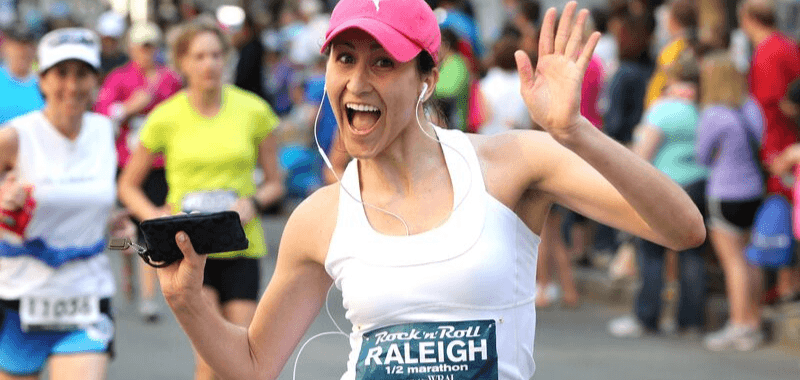
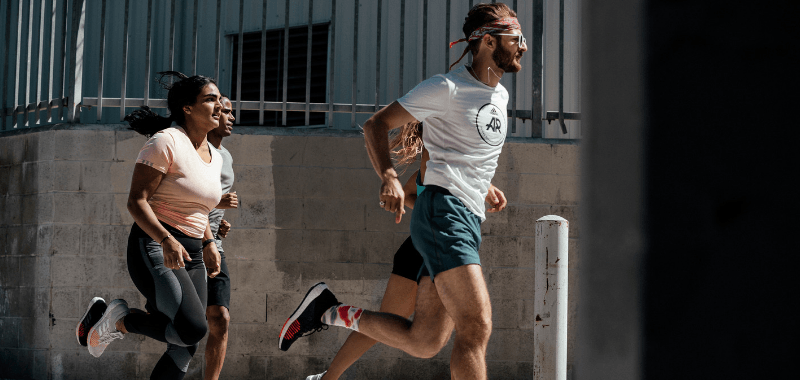
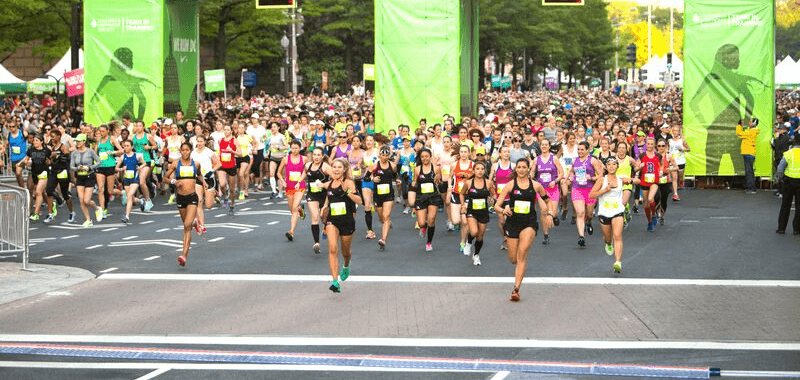


0 Comments